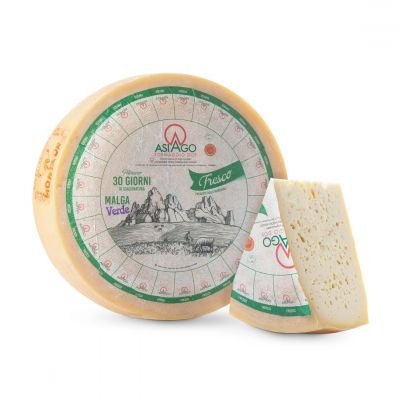A heritage that we cannot lose: the alpage always gives us new emotions and the best time to enjoy them is right now!
⏱ 4 MINUTES READING
THE TIME IS NOW
Finally the time has come to talk to you about the period I prefer, the one I feel most in my heart: we are at the end of the summer and therefore this is the best time to taste the alpage cheeses, both those made this summer and those of the last year!
Grazing is a joy for animals who are allowed to move freely and choose the best grass; the fact of being in a natural environment and eating mainly grass makes the cow feel better, which gives us an excellent milk, richer in good fats and richer in aromas.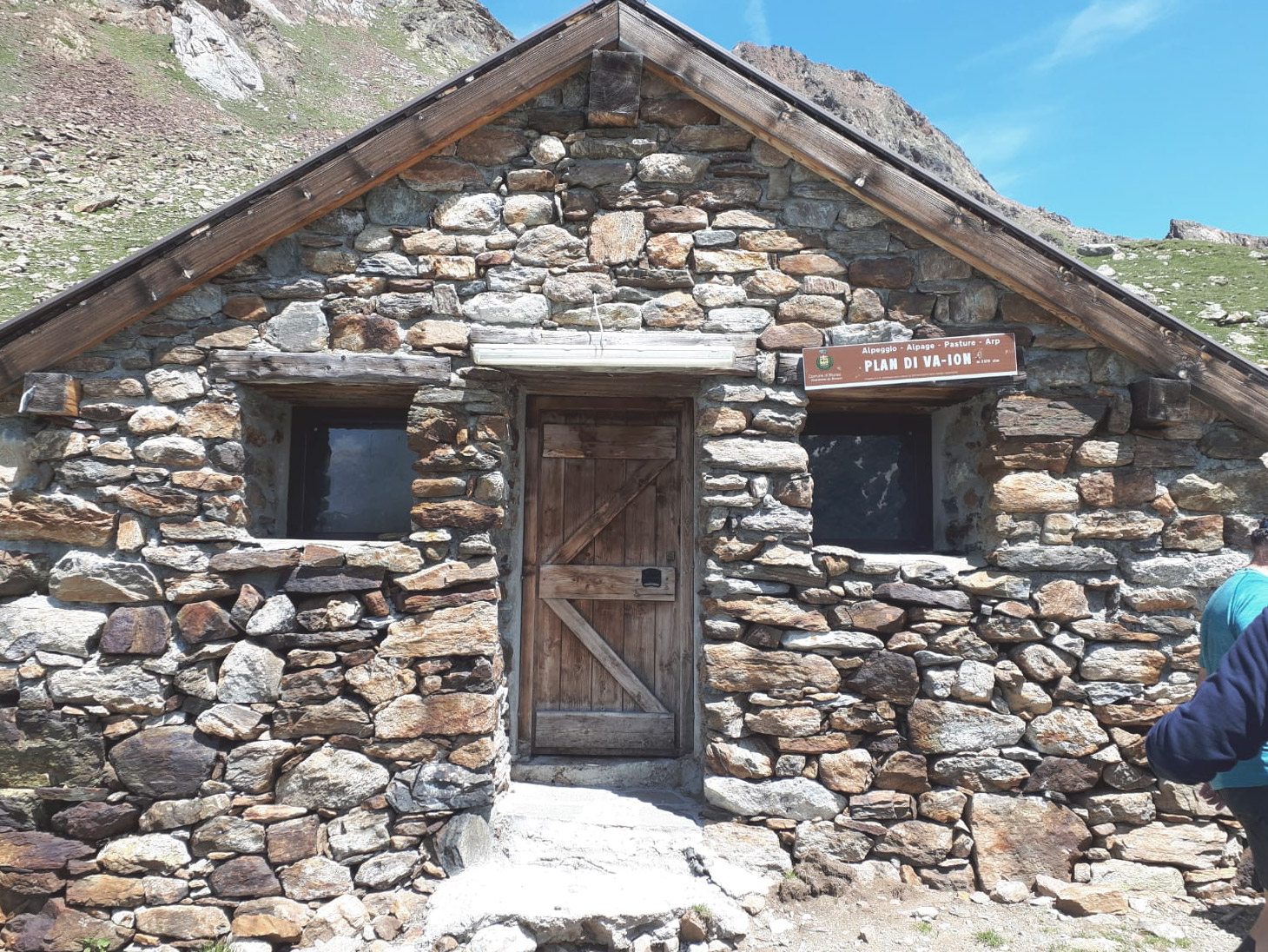
WHEN
It is essential to choose the right time to bring the herd to grazing: if it is too early there is not enough grass, but if it is too late, especially at low altitudes, the animals find a too mature grass and tend to reject it, thus forcing the herdsman to supplement their diet with feed.
The knowledge of pasture is very important, as well as the experience. The pasture makes me think of a man walking on a tightrope... it’s a matter of balance!
HOW MANY ANIMALS
There must be the right ratio between the surface area and the number of animals: too many animals would in fact result in ruining the pasture, both for trampling and for the excessive amount of manure.
For this reason it would be advisable to create a sort of “pasture turns” and not to leave the cows totally free to choose where to graze.
WHERE
Thanks to my job I had the opportunity to learn that there are different ways of managing grazing and processing milk.
The milk can be processed directly in the mountain pasture or, instead, only the milking can be done at high altitudes and the transformation carried out in the valley.
The pasture can be managed by letting the animals graze throughout the summer in the areas surrounding the mountain hut (a way of alpage very common in Veneto and Friuli Venezia Giulia) or by providing a transhumance: in some cases there are two huts at different altitude and the animals remain at the first one for a month and then move higher; in other cases around every 15 days animals and herdsmen climb higher and higher in search of fresh grass, taking with them everything they need for cheesemaking (e.g. for Storico Ribelle).
The cows, as you know, are milked twice a day, once in the morning and once in the evening. The milking in the Alps is done by hand or with a milking machine; there are rare cases in which a dedicated room is available, more often it is the herdsman who moves from one animal to another to milk. Milking takes a very long time and often the same person then has to transform the milk; and for some cheeses the processing is done twice a day, just after milking.
It’s thus easy to understand how intense a day in the alpage can be: wake up before the sun rises, a short afternoon break and then continue until 10 pm when the cows are back in the stable.
WHY ALPAGE
“Why do I do this?”: it is a question that probably the herdsmen asks himself at the beginning of each season. Honestly, I would not be able to give him an answer, also because often his commitment and his work are not understood and the right value is not recognized for the cheese he producers.
However, if you taste an alpine cheese, you discover by yourself the reason why: alpage cheeses are absolutely unrivaled.
Compared to winter feeding, when the cows feed on hay and cereals or silage, the summer one based on grass improves the conditions of the rumen microbiota and this has a positive effect on the composition of the milk. Some studies have shown that alpage milk is characterized by a flora consisting mainly of bacteria with good dairy properties and the presence of probiotic bacteria that stimulate the immune system.
Another aspect that must absolutely be underlined is how the composition in fatty acids changes; the unsaturated acids in the milk of cattle fed with grass and hay increase, the ratio between omega 6 and omega 3 improves and there is an important monounsaturated acid, vaccenic acid, which can reduce the risk factors associated with obesity and diabetes. In short, alpage milk and mountain cheeses offer us much more than just a better taste!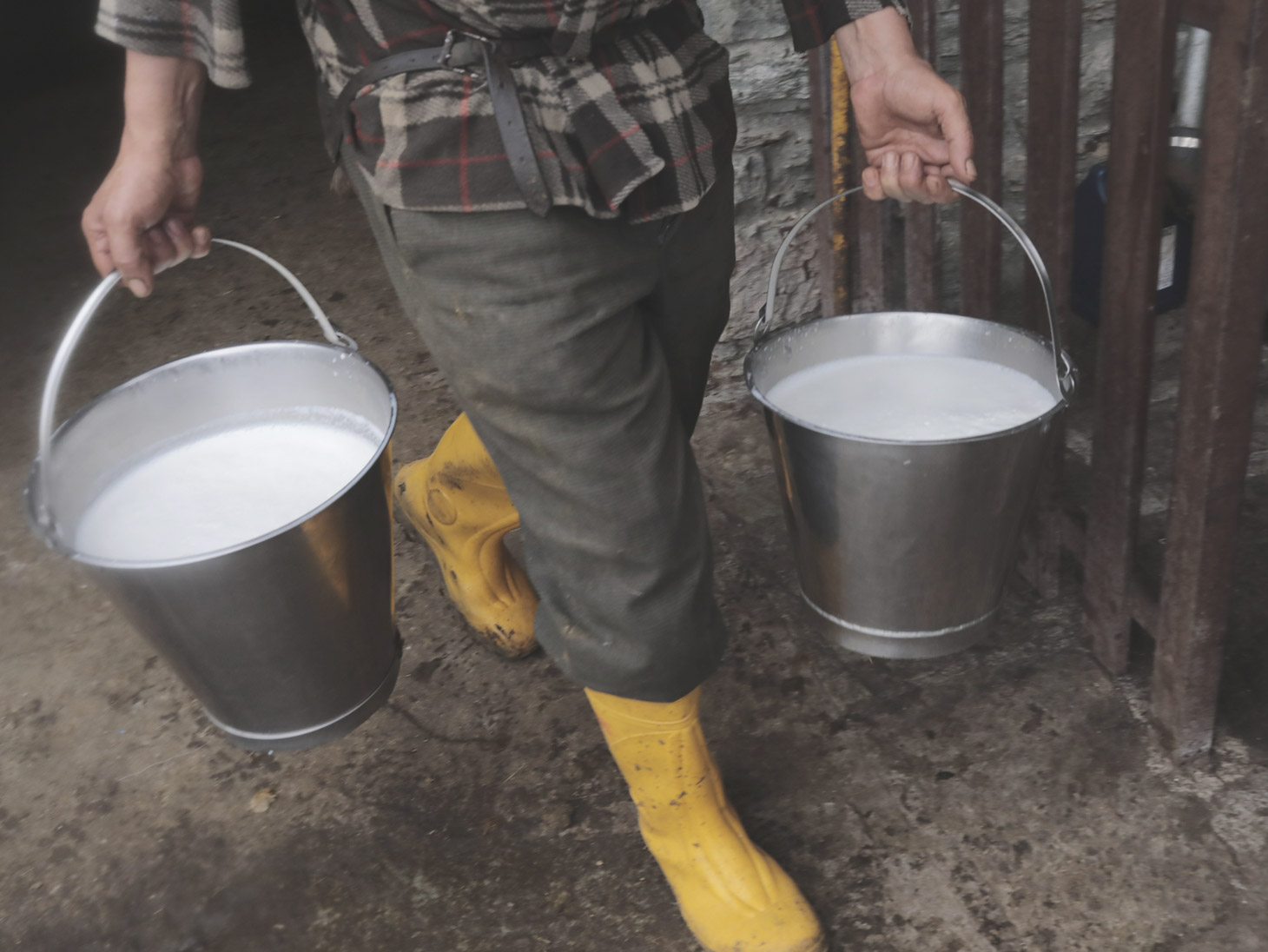
LIFE IN ALPAGE
However, despite all these positive aspects, life in alpage is not easy at all. There are mountain huts that can be reached by car and others only on foot, different altitudes, different milkings, more or less large herds, but it is still tiring and sometimes the resources and people are not enough, especially when part of the herd has to stay downstream.
For these reasons the choice to bring the herds to the alpine pastures cannot be taken for granted: every year the herdsman has to make an assessment, in spring or autumn, and decide what to do. It also happened to Ponte Vecchio and their mountain hut on Monte Cesen risked not being open this year: if they decided not to put their herd up to their alpage next year it would really be a big loss for our area.
Over time a big change occurred: in the past the production of milk in alpage was guaranteed by herds made up of cows from different stables.Cows used to be taken in the mountain pregnant, once they had given birth in winter or spring, consequently the milk had high percentages of fat and proteins and the main production of the alpage was butter, then ricotta and a cheese aimed to be consumed during winter.
In Trentino this is still the case, some dairies (such as the one in Primiero) give their owners the opportunity to take their cows to the mountain pastures, with a herdsman who takes care of them, so they can stay in the valley to take care of meadows and produce hay for the winter.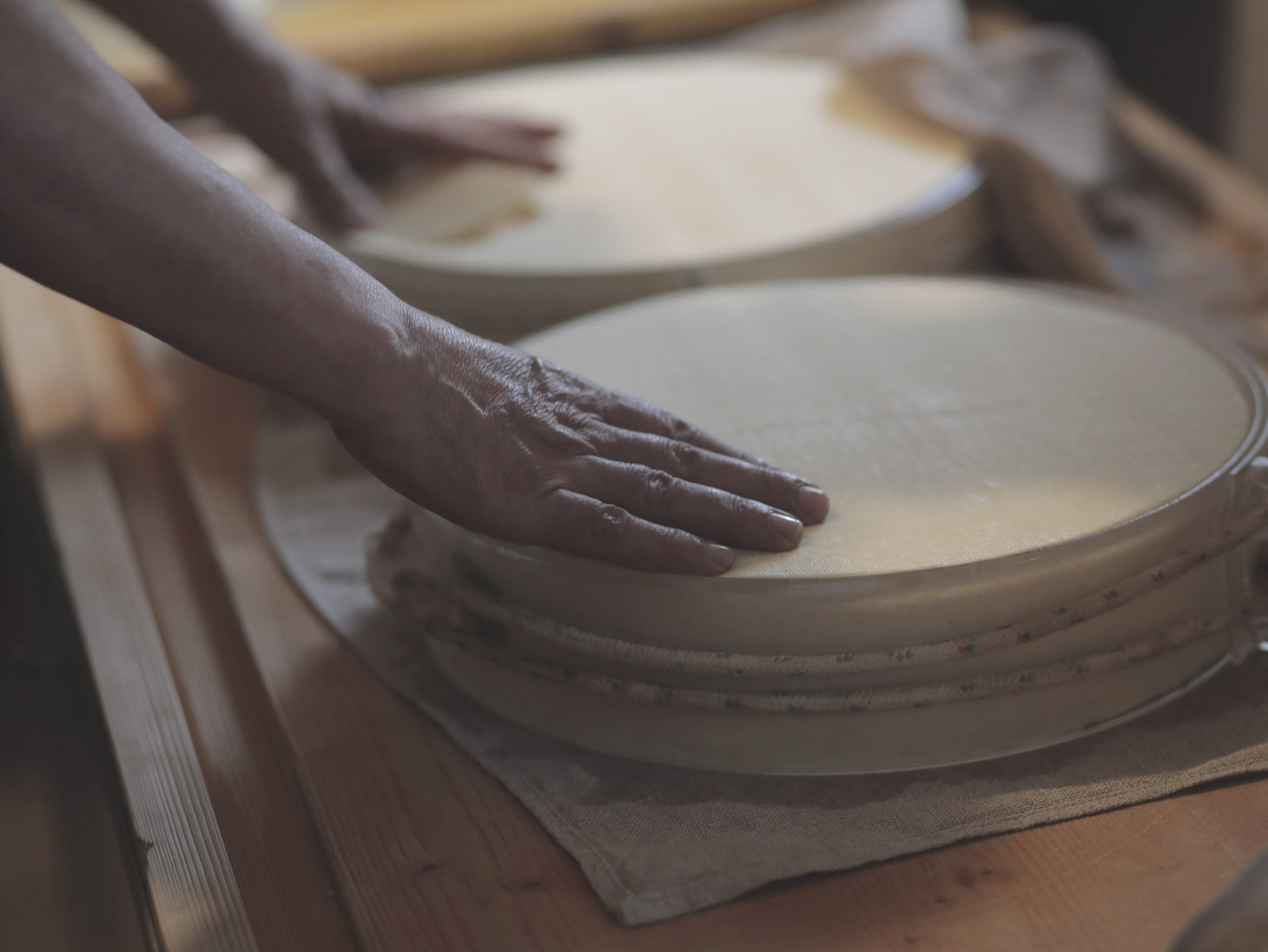
OUR COMMITMENT
Today mountain pastures are no longer so many, the herds generally belong to only one owner, the butter is very rare and the cheese is often sold fresh directly in the mountain hut. All this is understandable because it reduces work and increases earnings, but unfortunately it destroys the possibility of “preserving” traditional cheeses and diversity of productions.
We are trying to do our best to contribute saving this heritage: we buy the young products and let them mature in the mountains, we support producers scheduling cheese withdrawals and guaranteeing them the right price, and above all we try to sensitise our clients as much as possible.
We feel the commitment to do our part to support alpage productions: they are a heritage that we cannot lose. They always give us new experiences, and if during the tasting you close your eyes and concentrate on the sensations, you will realise how much complexity can be found in a piece of mountain cheese: maybe it’s imperfect, maybe it’s not beautiful, but for sure it is honest and rich in aromas.
And if you have been to the mountain hut it will bring you back exactly there, with the cowbells, the typical scents of the mountain pastures and the colors of the meadows in summer.
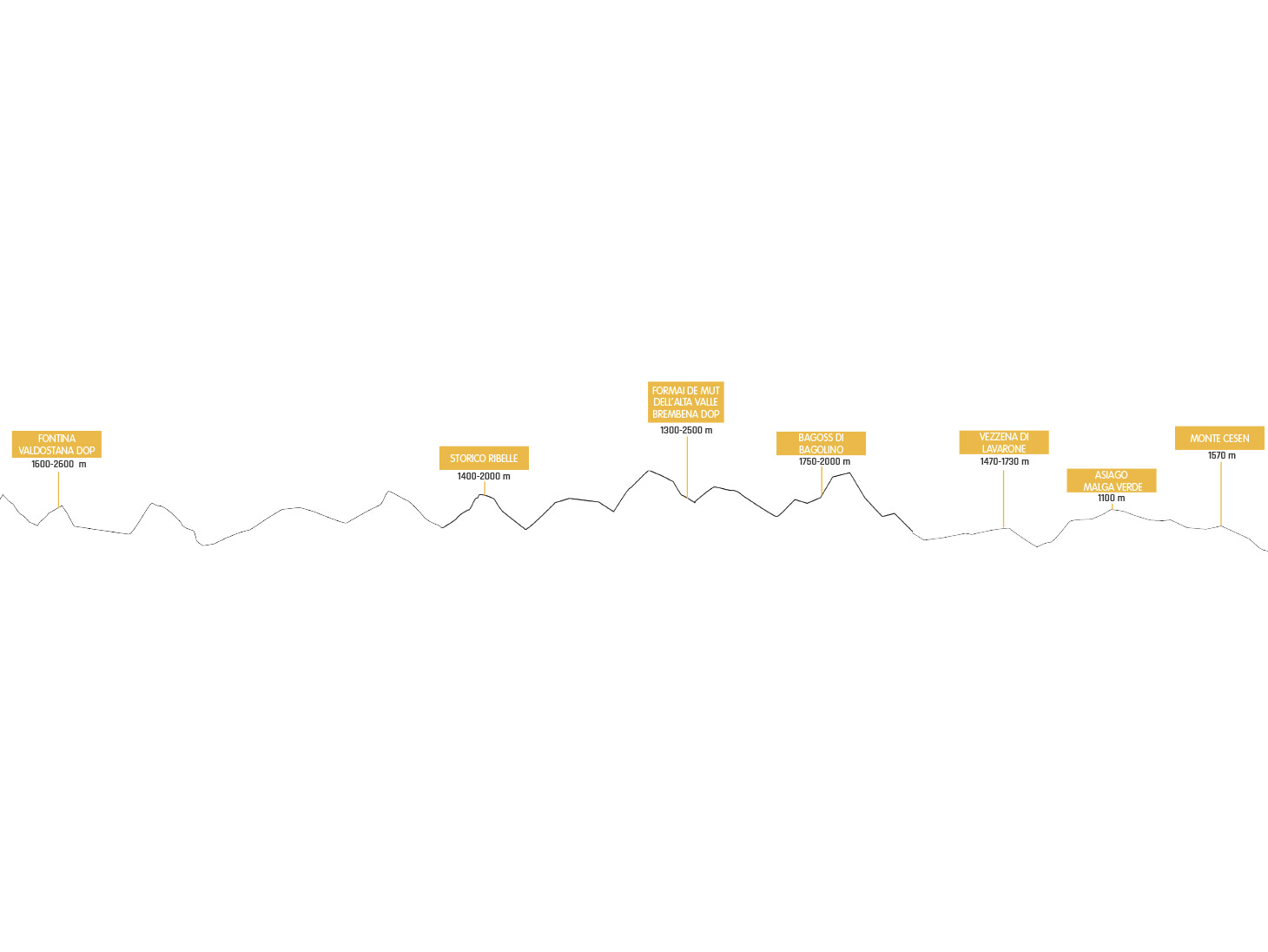
Giorgia Barbaresco
Quality Director




